The Princess and Curdie, sequel to The Princess and the Goblin, was originally published in 1883 by Chatto and Windus, London.
This second “Curdie” installment is far more than a mere “children’s story.” The themes and linguistic style of The Princess and Curdie are considerably more advanced, and the depth of its spiritual analogies extensive in subtlety and scope. After being thrust into the rose-fire, the discerning gift of Curdie’s hand—to know the way in which any man or woman is growing (toward beast or child)—is one of MacDonald's most memorable, though chilling, images.
It is a theme that became profoundly illuminated in later years by MacDonald’s spiritual protégé C.S. Lewis, when he wrote in Mere Christianity, “Every time you make a choice you are turning the central part of you, the part of you that chooses, into something a little different from what it was before. And taking your life as a whole, with all your innumerable choices, all your life long you are slowly turning this central thing either into a heavenly creature or a hellish creature.” Lewis’s words embody a truth that emerges directly out of Curdie’s story.
(Source: The Cullen Collection)
“There is this difference between the growth of some human beings and that of others: in the one case it is a continuous dying, in the other a continuous resurrection.”
Recommended Editions and Adaptions
WRITTEN WORKS
From Johannesen Printing & Publishing (hardcover)
The Cullen Collection edition, with introduction by Michael Phillips
Vintage 1927 edition illustrated by Dorothy P. Lathrop
Articles about The Princess and Curdie
Various Sources
“George MacDonald and Victorian Society”, by Jeffrey Wayne Smith
“Imagining Reformed Communities: Discussing Social Myths in George MacDonald's Princess Novels and Christina Rossetti's 'Goblin Market’”, by Christine Chettle
Article within Rethinking George MacDonald: Contexts and Contemporaries, edited by Christopher MacLachlan, John Patrick Pazdziora and Ginger Stelle
NORTH WIND ARCHIVE
The home page of the North Wind Archive can be accessed here.
“’Travelling Beastward’: An Ecocritical Reading of George MacDonald’s Fairy Tales”, by Björn Sundmark
“A Spiritual Presence in Fairyland: The Great-Great-Grandmother in the Princess Books”, by Maria Gonzalez Davies
“Beasts and Monsters in MacDonald’s Fairy Stories”, by Dieter Petzold
“Children’s Fiction Discourse Analysis: The Critique of Victorian Economics in George MacDonald’s The Princess and Curdie”, by Osama Jarrar
“Knowing God ‘Other-wise’: The Wise Old Woman Archetype”, by Katharine Bubel
“Language, Ideology, and Fairy Tales: George MacDonald’s Fairy Tales as a Social Critique of Victorian Norms of Sexuality and Sex Roles”, by Osama Jarrar
“MacDonald’s Fairy Tales and Fantasy Novels as a Critique of Victorian Middle-Class Ideology”, by Osama Jarrar
“Rooted in all its Story, More is Meant than Meets the Ear: A Study of the Relational and Revelational Nature of George MacDonald’s Mythopoeic Art”, by Kirstin Jeffrey Johnson
“Some Linguistic Moves in the Carroll-MacDonald ‘Literary Game’”, by Fernando Soto
“The Mystical Sophia: More on the Great Grandmother in the Princess Books”, by Deirdre Hayward
“The Princess and the Goblin and The Princess and Curdie”, by Colin Manlove
“Connecting Dimensions: Direction, Location, and Form in the Fantasies of George MacDonald", by Daniel Creed
WINGFOLD
Wingfold is a quarterly magazine that restores material by and about George MacDonald, in print since 1993. To subscribe, click here. To request any of the following articles that appear in back issues of Wingfold, contact Barbara Amell at b_amell@q.com.
Fall 1999
“1883 Review”
Winter 2008
“’The Mind’s Construction:’ Shakespearean Influence in The Princess and Curdie”, by Barbara Amell
Spring 2011
“Intensity: Dante’s Impact Upon The Princess and Curdie and Lilith”, by Barbara Amell

